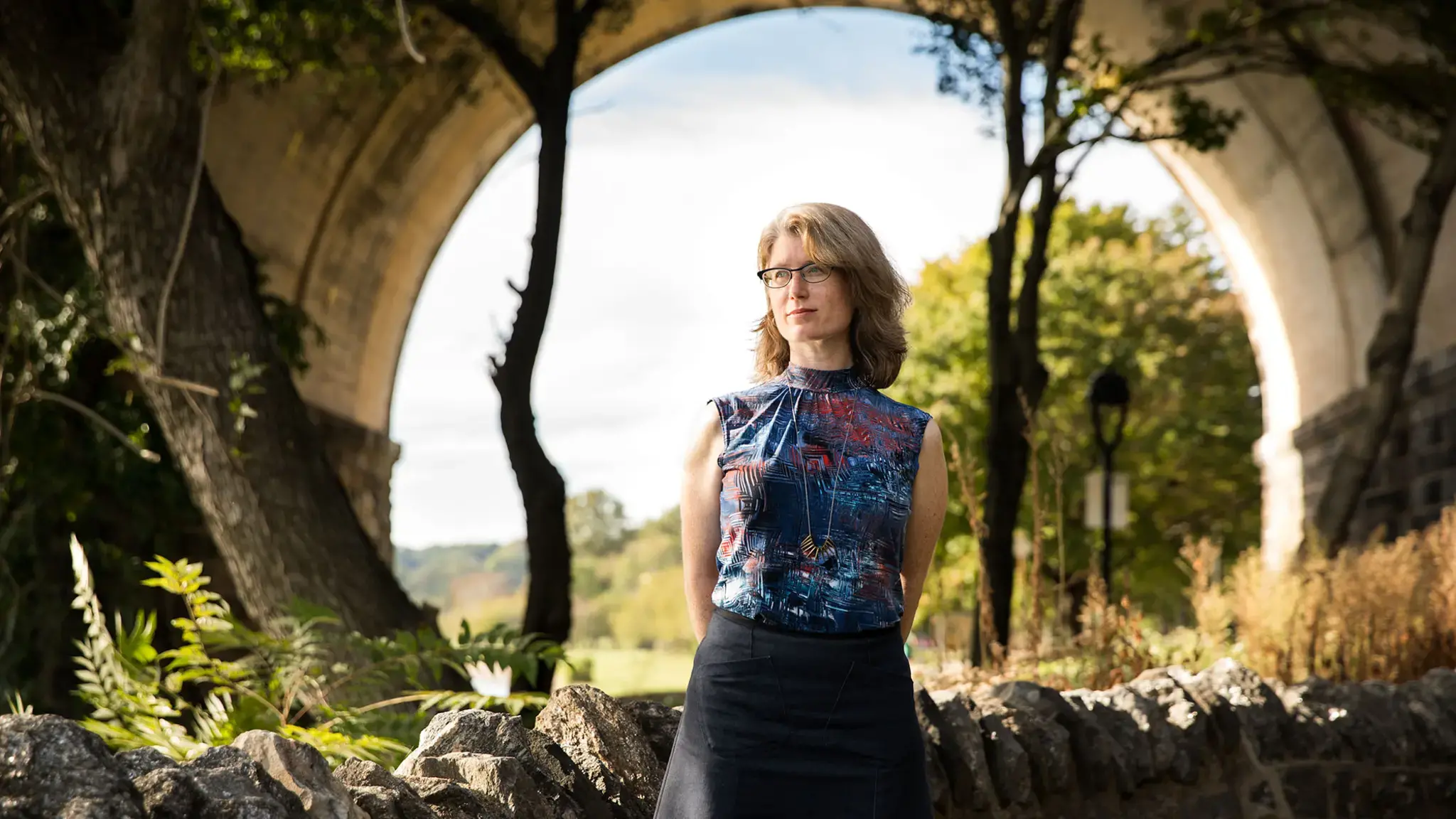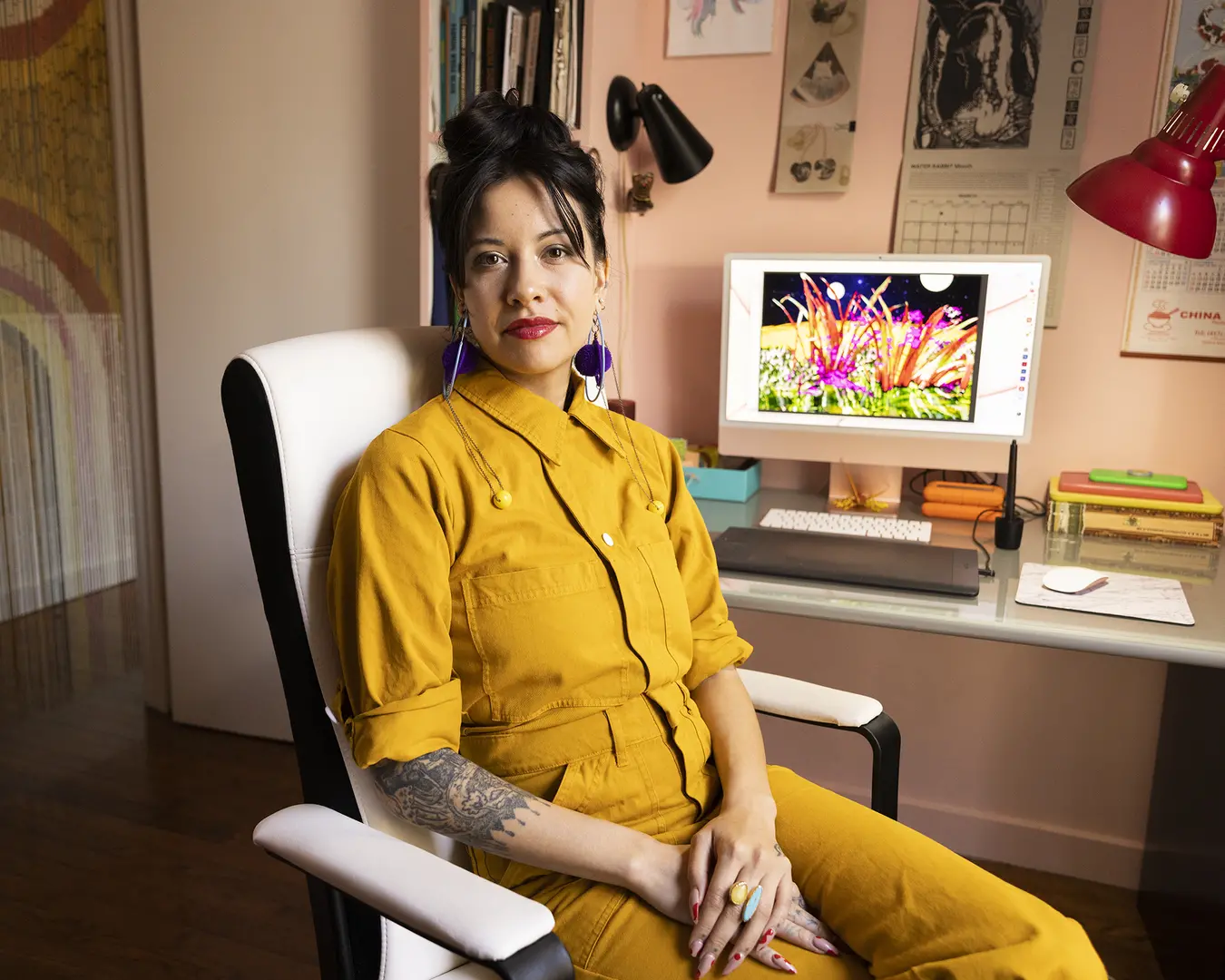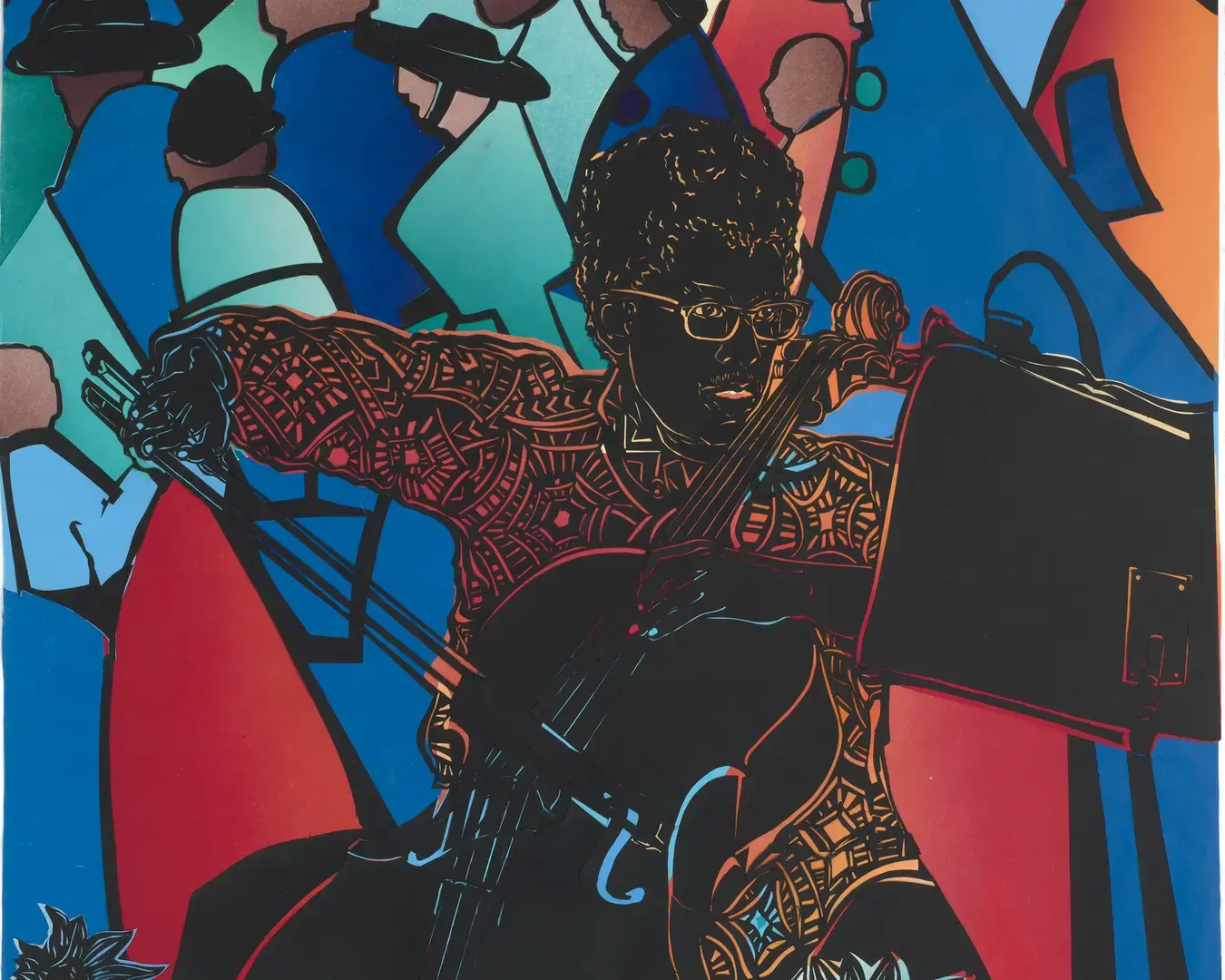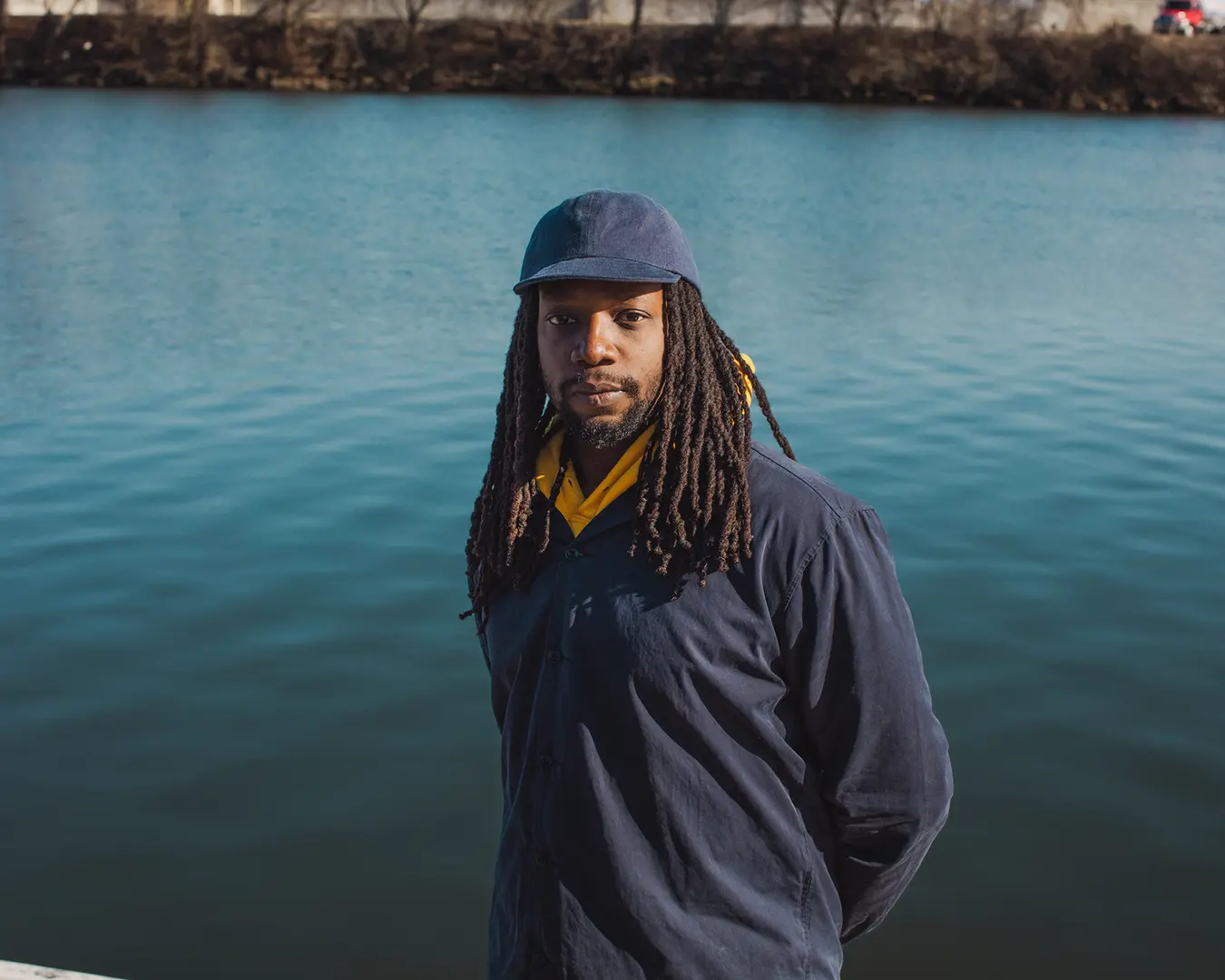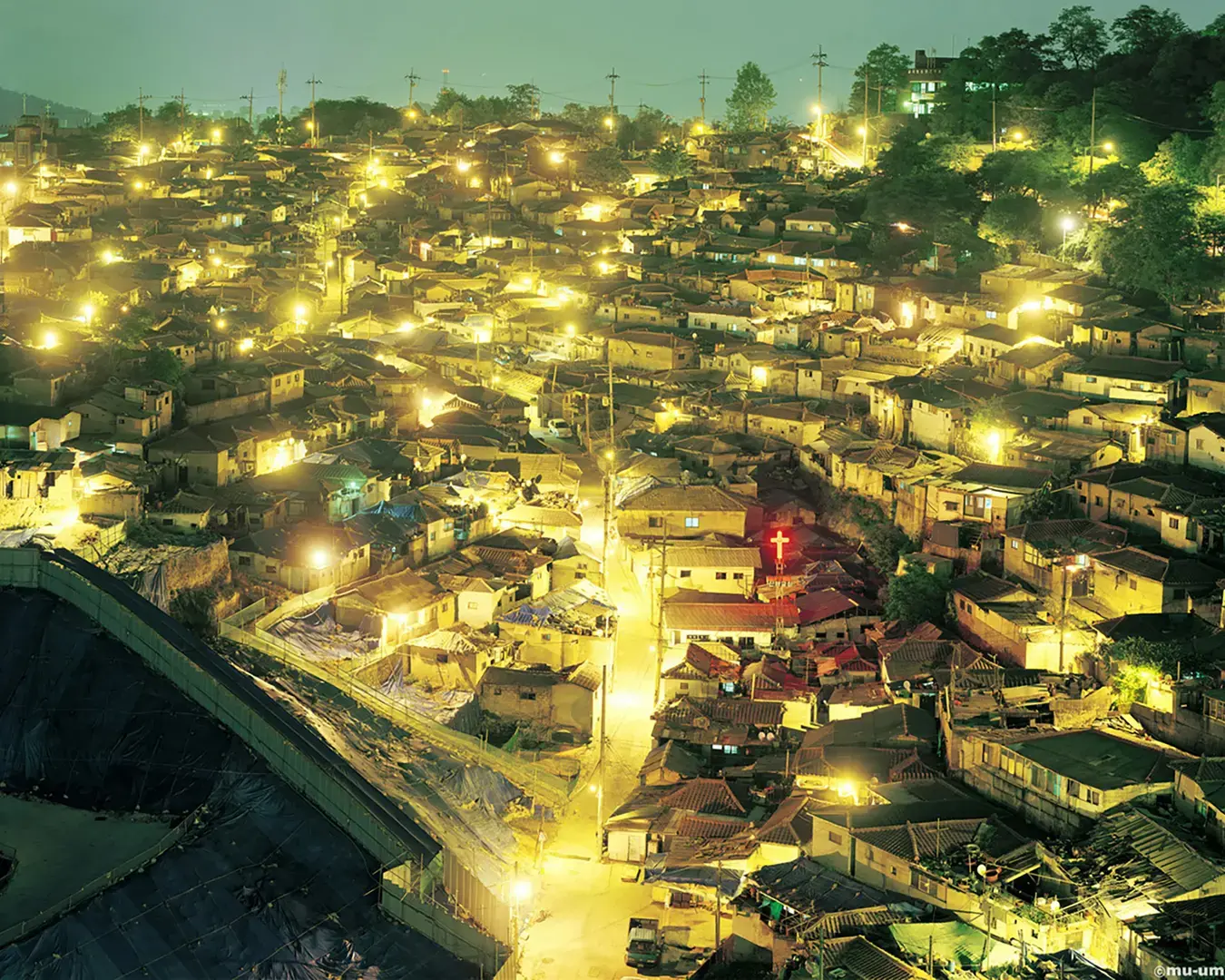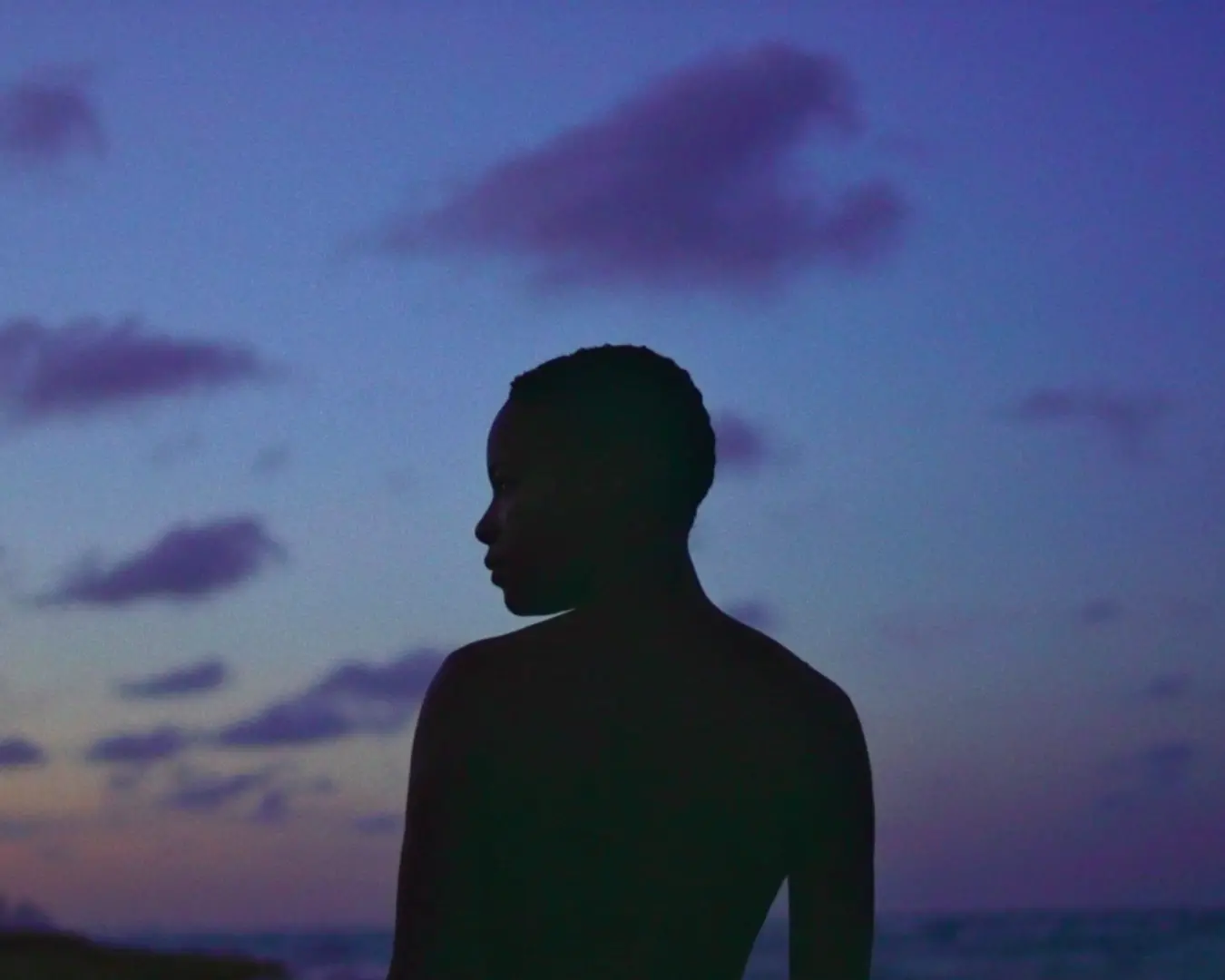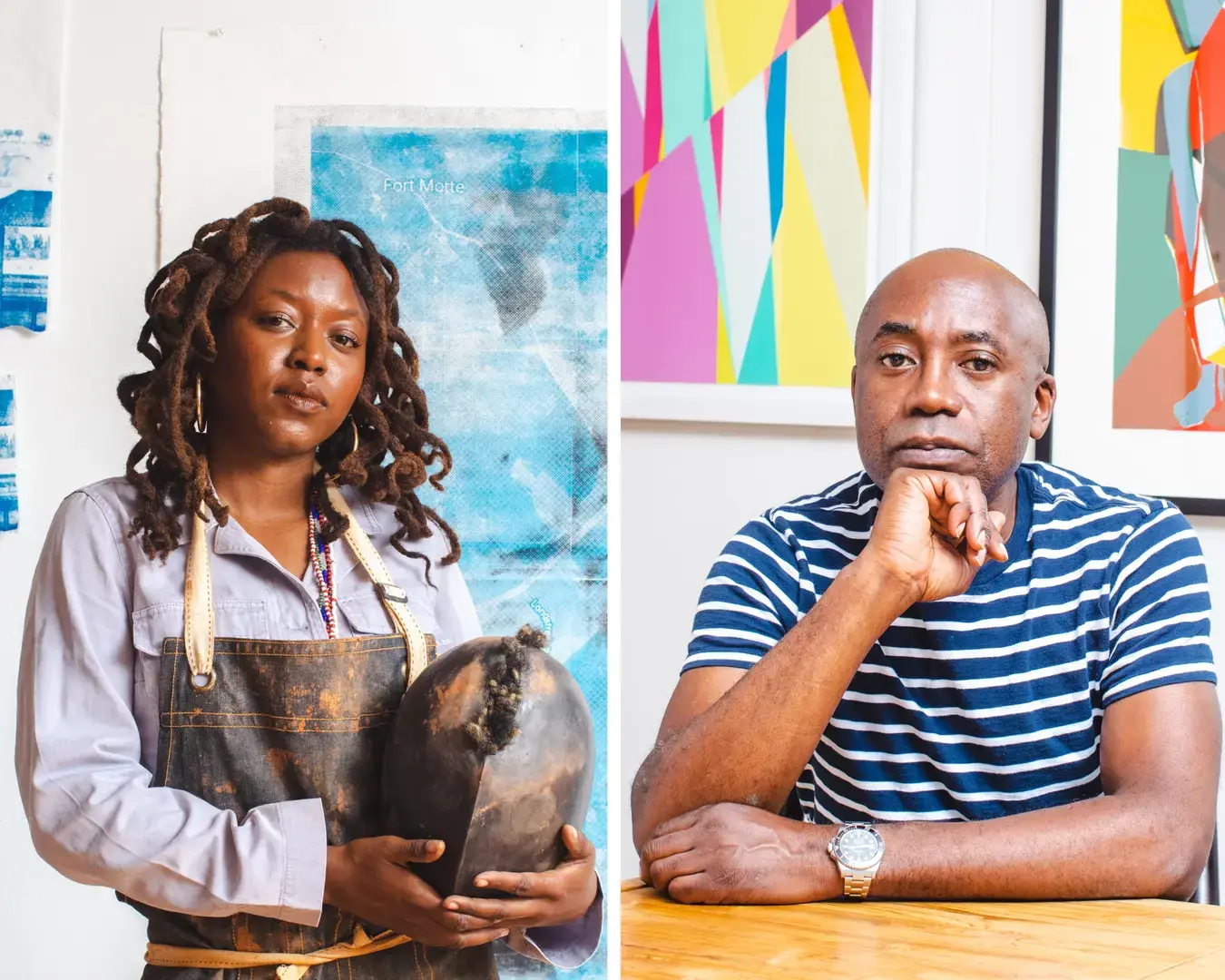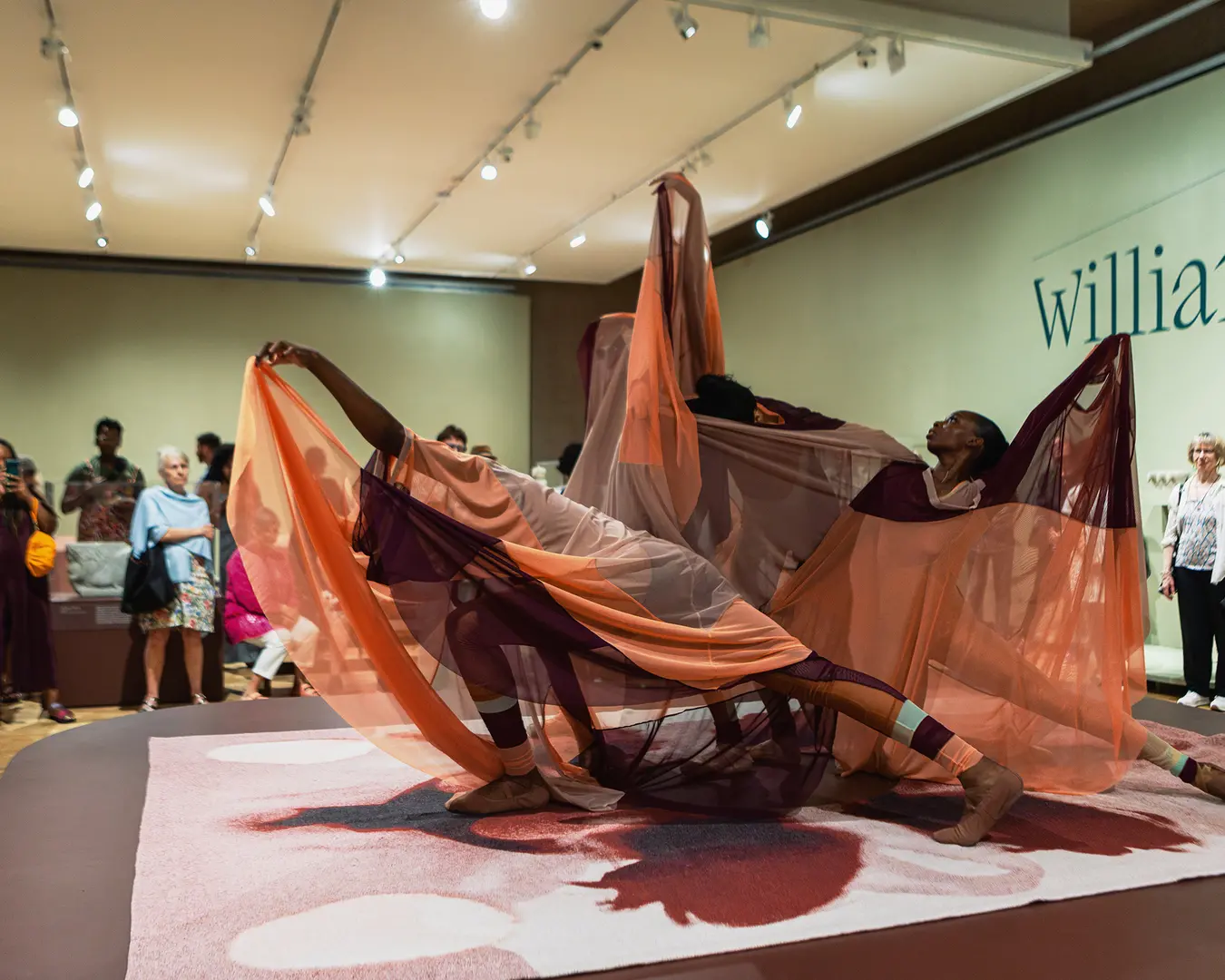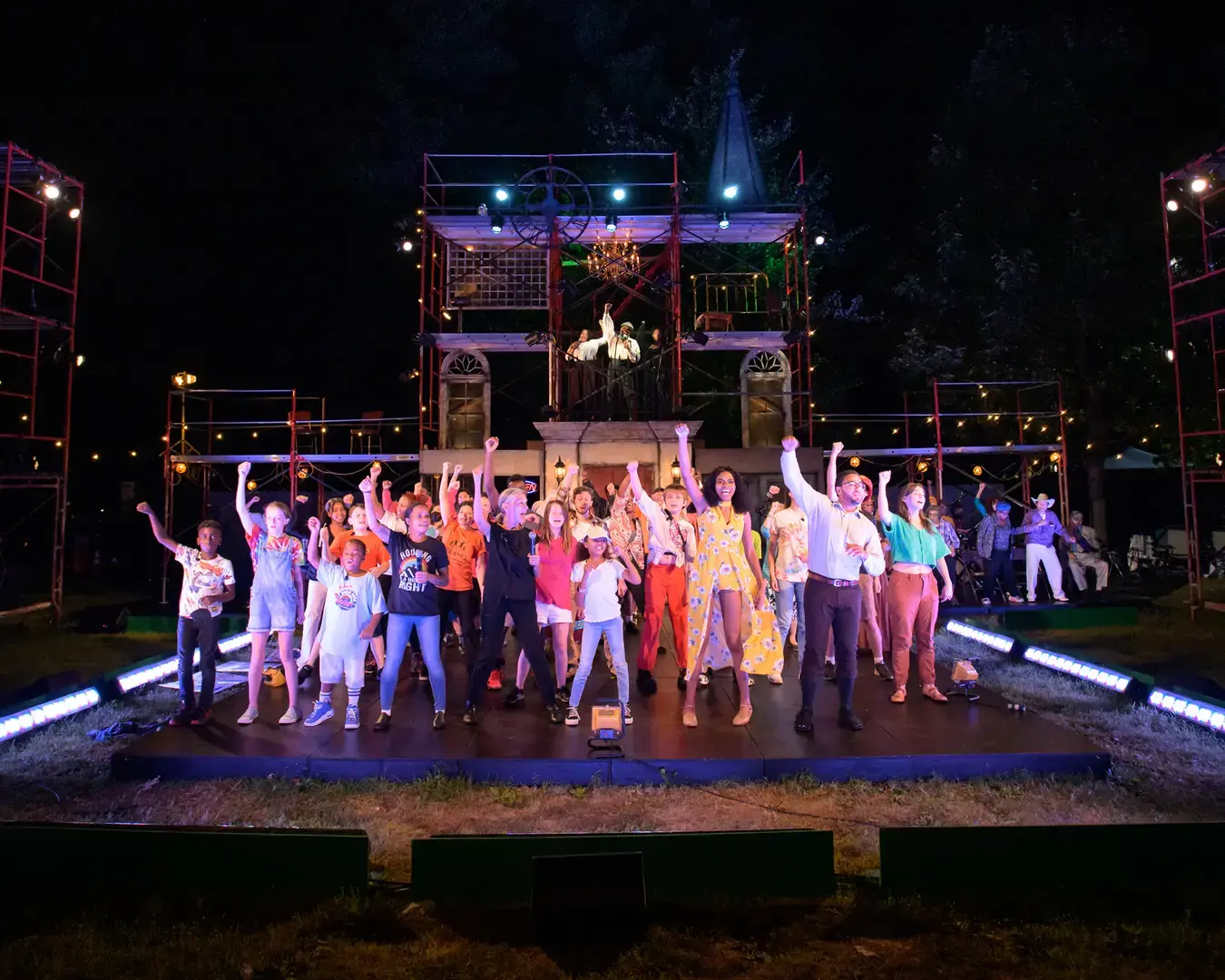Our “Pew Fellow of the Week” series focuses on the artistic lives of our Pew Fellows: their aspirations, influences, and creative challenges.
This week, we speak to poet Julia Bloch (2017) whose lyric and prose poems blend the personal and the political to, she says, “negotiate tensions between individual forms of expression and webs of social meaning.” Bloch’s forthcoming book, The Soft Forms, utilizes prose poems to imitate the complexity of memory and desire by creating variable breaks across each page and phrases that often interlock but sometimes swerve away from one another, mimicking the way time skips and lingers. The author of Valley Fever (2015) and Letters to Kelly Clarkson (2012), Bloch serves as director of the creative writing program at the University of Pennsylvania. In March 2018, Bloch will be in residence at the This Takes Time collaborative artists' space in Point Arena, on the Mendocino Coast of California, where she will be working on her fourth book of poetry.
How did you become an artist? Is there a particular experience that drove you to this choice?
I come from a family of musicians, so I’m lucky to feel at home in art and art making. I grew up surrounded by music and writing and going to performances, galleries, chamber music parties, and I always wrote—first plays and stories, and then poetry—even while studying and doing other things, including a philosophy degree and social-justice organizing and work in publishing. I became most serious about the practice of poetry after college, when I was living in San Francisco. I encountered the exuberant activist urgencies of a range of queer performance and poetry scenes, and that is where I became educated in the ways poetry can peel apart the layers of meaning in language that shapes us, language that we can question in powerful ways if we look and read and write more closely and fiercely.
What is your daily art-making routine?
My best routines take place in early morning—I think best early, before dawn even, when there’s a certain kind of alertness. When I’m devoting long days to a project, that will mean fairly extensive stretches of reading and writing punctuated by running and food and coffee. On days taken up with my day job, it’s about snatching mental corners in which to write: I’ll write alongside my students in class, or on the bus, or in between meetings, mostly in a notebook but sometimes on the screen, and much of that writing looks like annotating or note-taking as I find language in texts I want to grab onto, enter into dialogue with, read up on later.
You are currently at work on the memoir-inflected Futurist California, which explores “queer futurity and intergenerational grief” and draws from forms of found text in personal and public archival materials. What inspired this work, and what do you want to convey with it?
I’ve always used found texts in my poems, but usually in ways that are citational or gestural. My new work is interested more in what happens when poetry draws on archival materials in ways that make the archive really visible, or that can reveal the archive that is already there in language, the archive as in the politics and history behind language. More and more I am drawn to poetry that combines lyric and procedural practices to say something about the conditions of modern life: I’m thinking about work by Amy Sara Carroll, Susan Landers, Daniel Borzutzky, Allison Cobb, Rachel Zolf, Margaret Christakos, Layli Long Solider, and Monica Youn. In the new work I hope to disrupt the distinction between “personal and public archival materials.” I want to think about how even the most “personal” materials are shaped by larger systems of meaning. How do we read genealogy records? A bloodwork report? An ultrasound scan? And this is all a way to get at the bigger issues that attend grief and our attachment to forging liveable futures.
What is perfection to you, in the context of your work?
Perfection to me is the cultivation of ongoing practice, habits of making, being open to failure, practicing the ability to hold or move through what doesn’t work about the work, or what needs to change in the work, or what in the work needs to be pushed in a different way. Perfection is ongoing movement rather than arrival.
What books are on your bedside table?
As I write this I’m reading, writing about, or getting ready to teach a bunch of different books: the new edition of Bernadette Mayer’s The Desires of Mothers to Please Others in Letters; Dorothy J. Wang’s Thinking Its Presence: Form, Race, and Subjectivity in Contemporary Asian American Poetry; John Keene’s Counternarratives; Ginger Ko’s Inherit; Anthony Reed’s Freedom Time: The Poetics and Politics of Black Experimental Writing; Amy Sara Carroll’s Secession; Andrea Lawlor’s Paul Takes the Form of a Mortal Girl; Carmen Maria Machado’s Her Body and Other Parties; Yolanda Wisher’s Monk Eats an Afro; Layli Long Solider’s Whereas; Simone White’s Of Being Dispersed.
What is your biggest motivator as an artist? What is your biggest fear?
I have a very ordinary-seeming attachment to language on the page: I think shaping language, or finding new ways to identify its shapes, is thrilling. At best, it has the power to transform. I fear what happens when we drain language of that power or when it is drained from us.
